


All together i believe i did well in this photo shoot, i understood the task that was set and the outcomes of the photos came out really well.

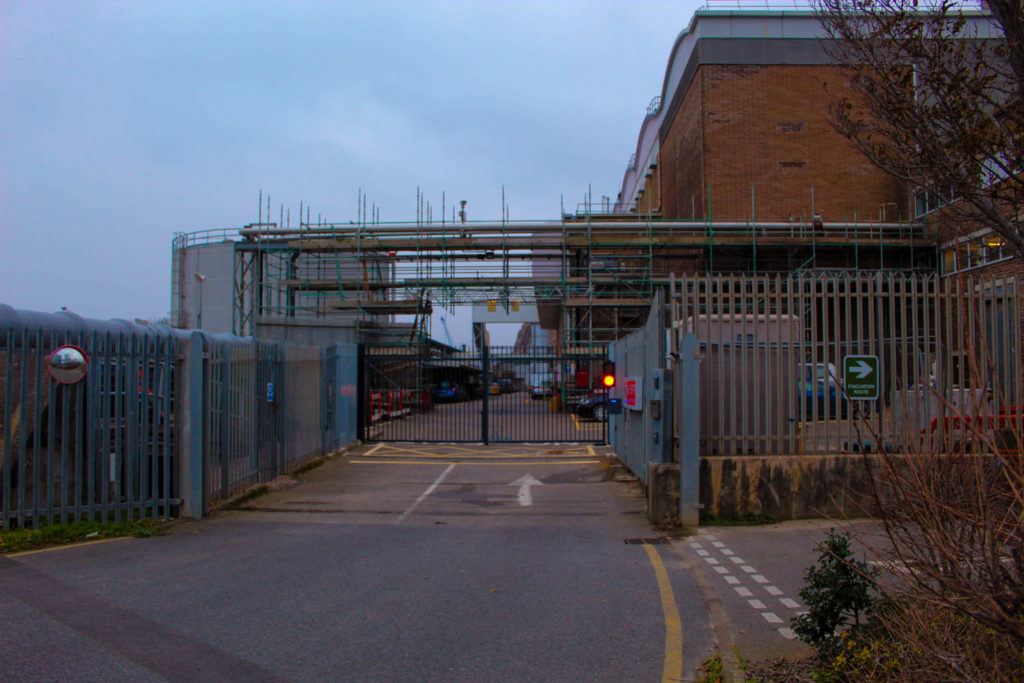






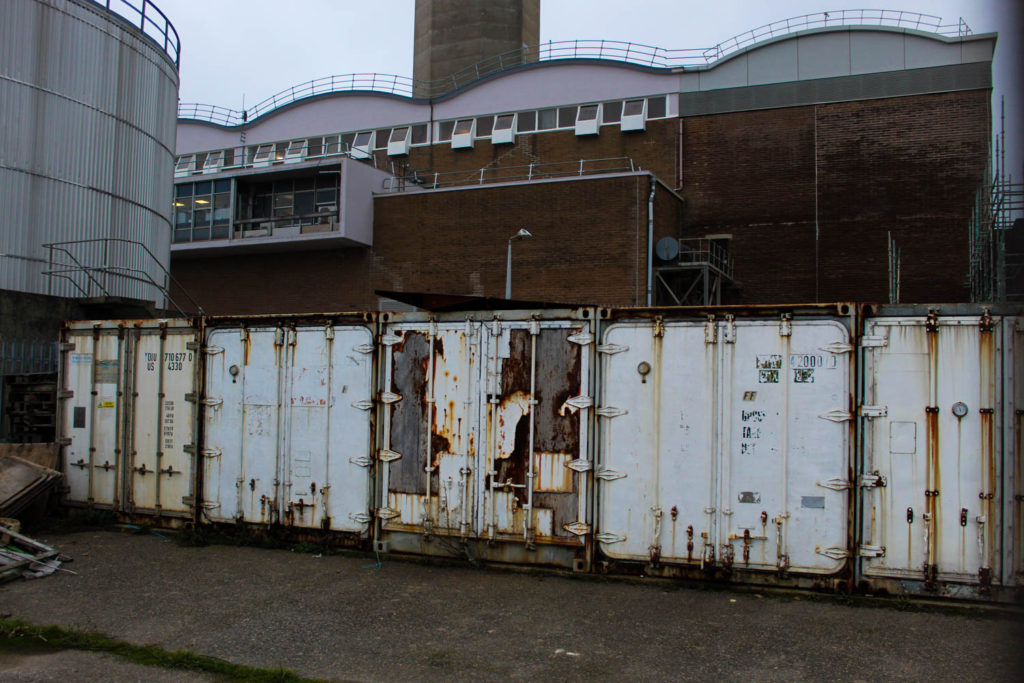






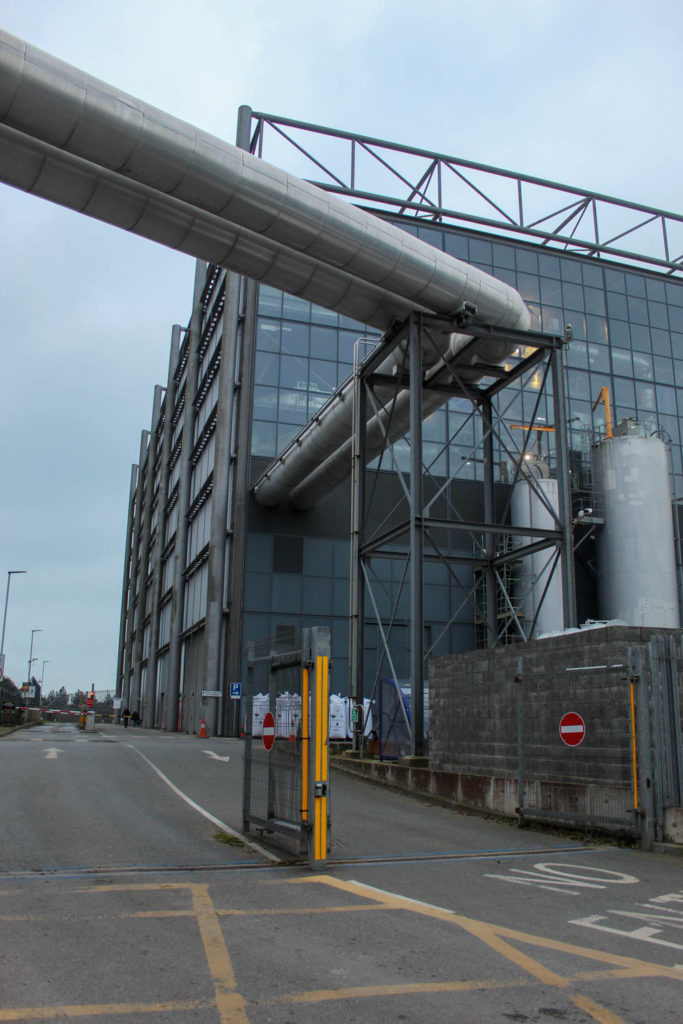

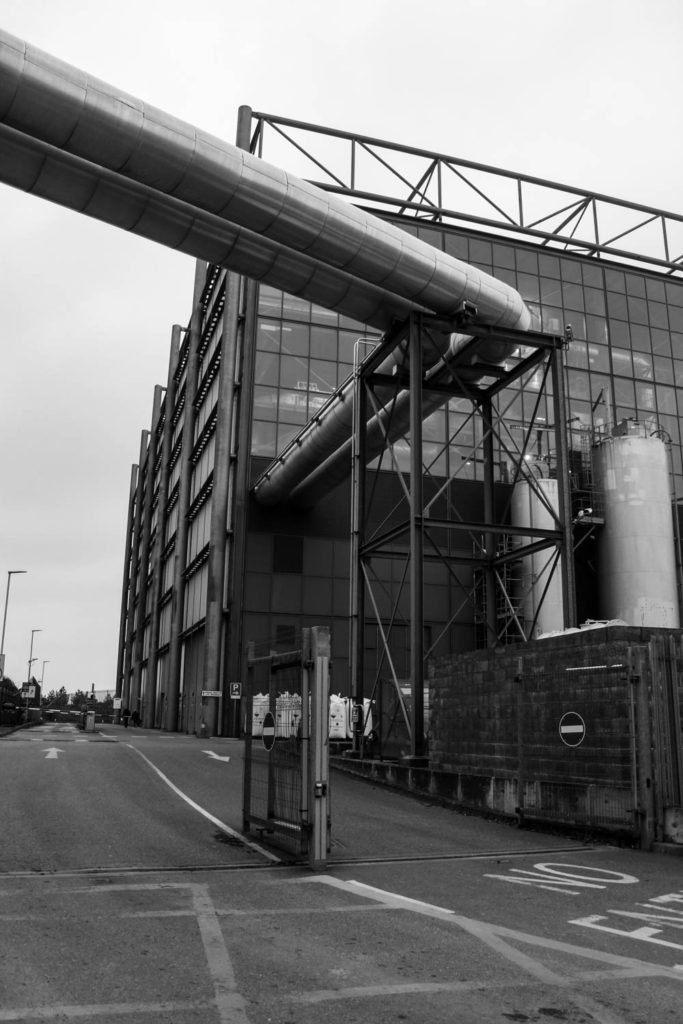




All together i believe i did well in this photo shoot, i understood the task that was set and the outcomes of the photos came out really well.
Robert Adams is an American photographer born in 1937 in New Jersey. He is perhaps most famous for his sarcastic portrayal of human damage to the Midwest through his deadpan compositions.
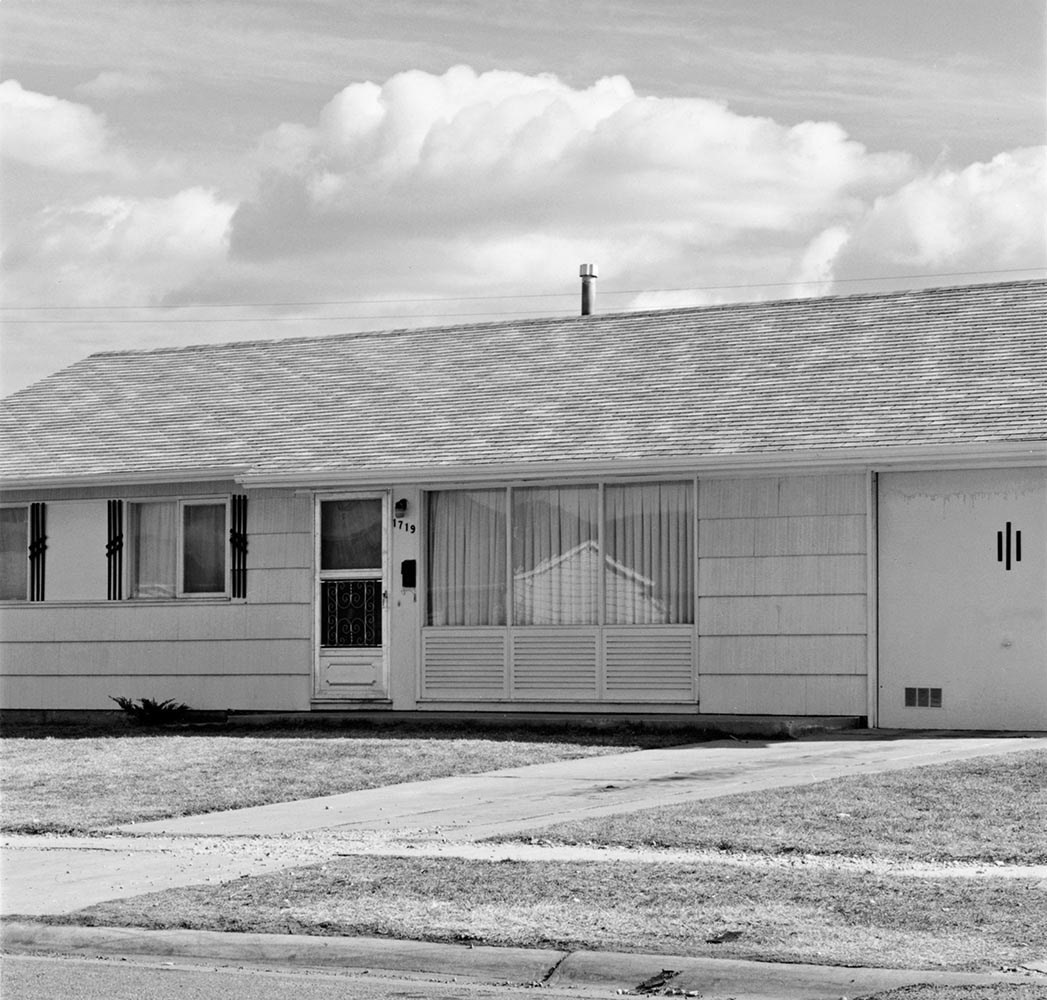
Adams started out as an English professor, learning photography in his spare time using his 35mm reflex camera purchased in 1963.

He has since released multiple books, most important being The New West, as it epitomises the New Topographic style.

Here is an analysis of one of his most famous images.

“I think if you placed me almost anywhere and gave me a camera you could return the next day to find me photographing. It helps me, more than anything I know, to find home.” – Robert Adams

I was thinking, one of my many spots I could go to is at the top of fort region, It shows a lot of what has been built on the island.

even round areas like St.Clements, or Gorey, as that area has a big contrast between modern and historical, which is good as it could show a timeline of jersey from what it was to now.

as those areas aren’t as easily accessible for me, possibly my last resort would be along the edge of town. In my opinion it looks very suburban, with all the houses in a line along the sea front it looks similar to the images captured by Robert Adams.

Flagging my images from the shoot, to take away any blurry or images I do not like. Doing this helps to choose out your best images to edit and use as final images.





Final Images






First i flagged the images that i wanted to keep

Then I created another virtual image of the ones I liked and turned it black and white.
My final images


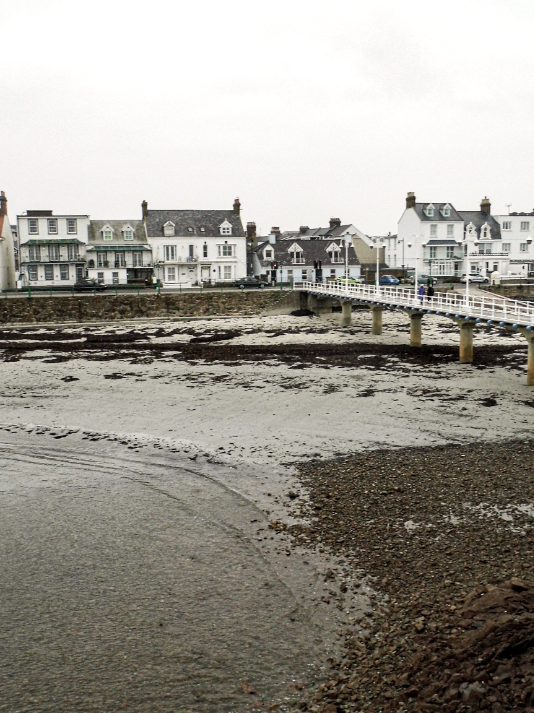





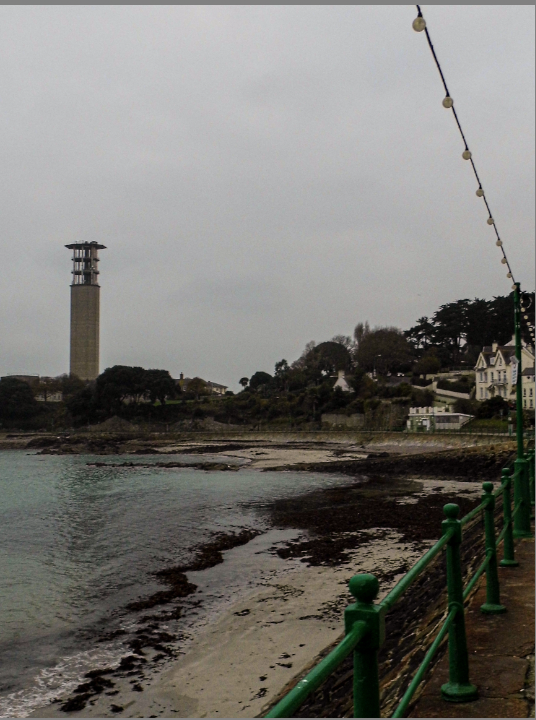
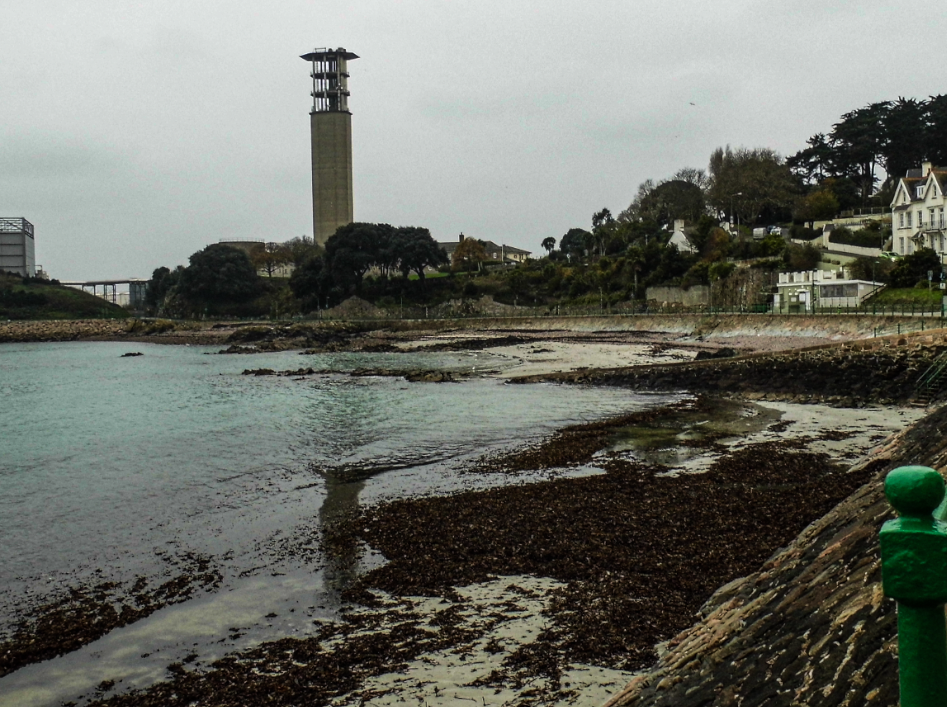

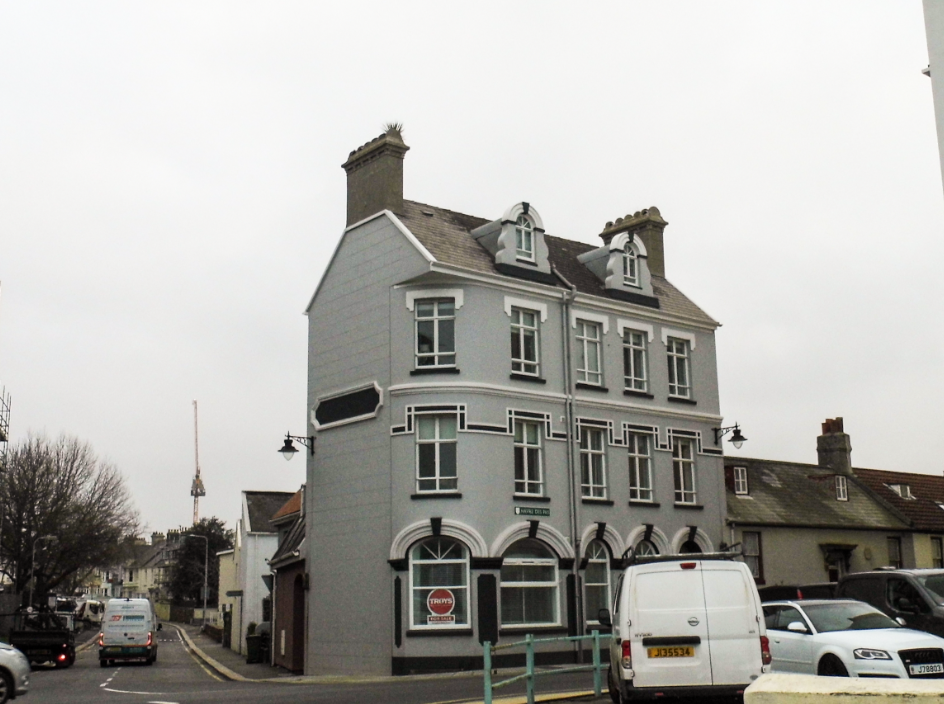



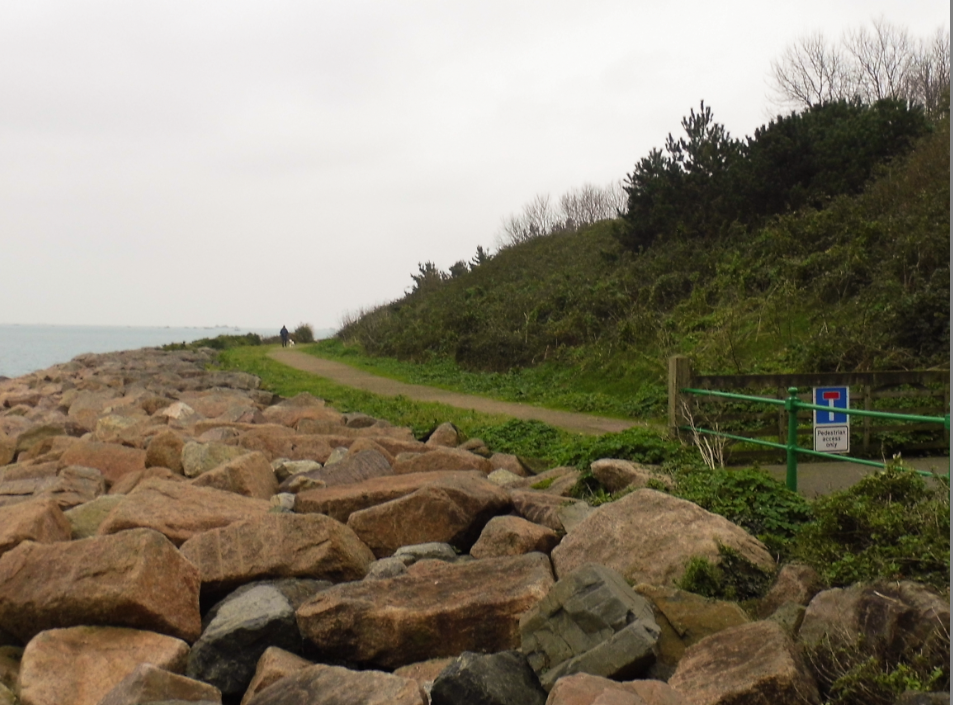
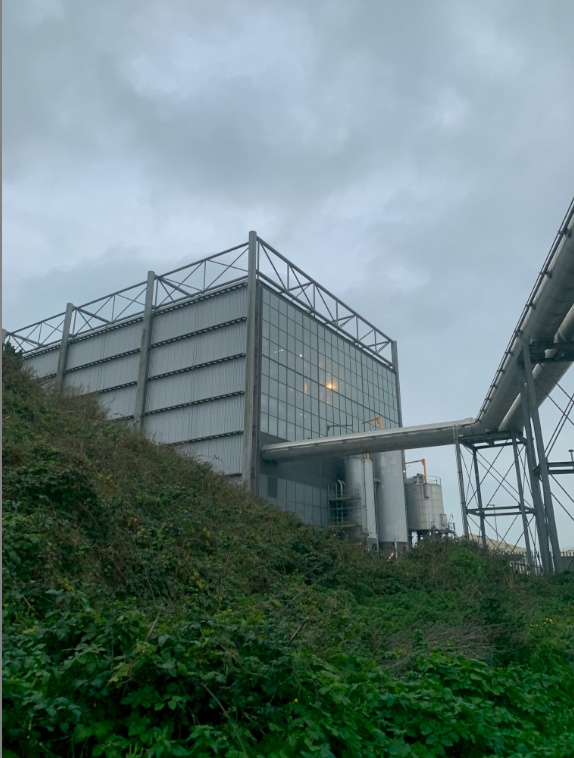


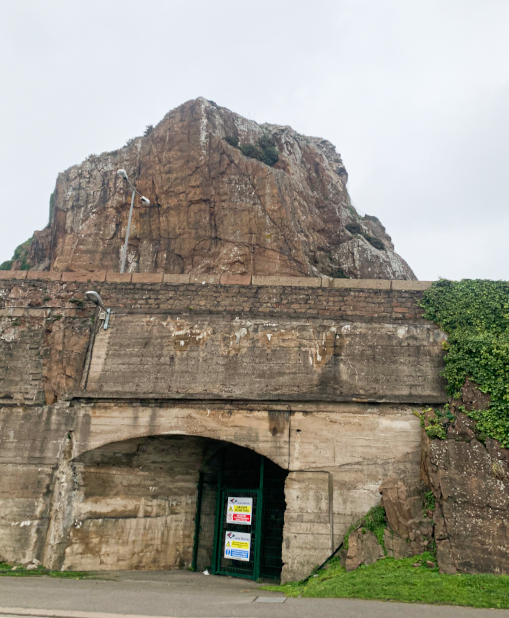



I feel that the images above relate to Robert Adams as it shows the development of society corrupting the natural environment. This is an element that robert Adams loved to focus his images on.

The image above is taken by Robert Adams.
Born in New Jersey Orange (not the fruit or colour), Robert Adams was a well know photographer, creating images mainly in black and white. He captured the traces of human life on the planet, showing people places as a whole, where people could interpret the image as prideful, or horrible.

What I mean by this is that Robert is capturing things for what they are, no real context or meaning behind it. This image shows a pretty big city, with crowded housing on what seems to be purely flat land, which shows humans creations. Although these images are up to interpretation, Robert did have an aim. He wanted “stability and movement in one form”, which in this image could be him showing his hope for change, to show people what has happened to nature, and where it is possibly leading to.
This image does aim to express his sadness for what is happening and empathy towards the land. How there are empty parking lots in this area, and buildings are just scattered around the area, with no care for how much space its using, and how people don’t care about the areas that might be abandoned, which are left to rot away. Until maybe one day that extra space people think little of, will become a rarity on this earth.
In the introduction to his book The New West, Adams talks about the tradition of landscape photography linked to images of the American West with the notion around the concept of the sublime. At the time when Adams’ published the seminal photobook in 1974 people asked him why he turned his camera toward tract homes and billboards. He replied, ‘the question sounds simple, but it implies a difficult issue – why open our eyes anywhere but in undamaged places like national parks.’
1975 was the turning point in the history of photography the 1975 exhibition New Topographic signalled a radical shift away from traditional depictions of landscape. and turned towards the urbanisation of the new world photos of gas station or caravan parks normal urban things and they where mundane but oddly they looked fascinating because the photos looked like art work. The main point of the new topographic encourage taking photos of mans alterations on the world and not taking photos of the wilderness.
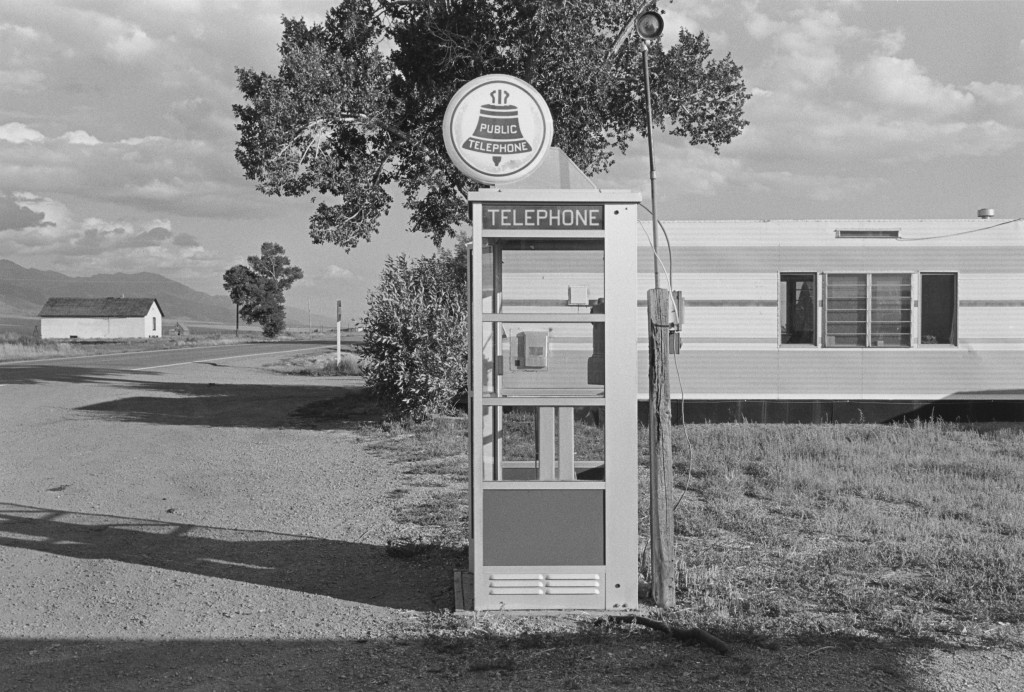

new topographic photographers such as Robert Adams, Bernd and Hilla Becher, Lewis Baltz, joe deal, frank Gohlke, Nicholas Nixon, John schott, stephen Shore, and Henry Wessel Jr

Robert Adams was born in January 21, 1928 and died on March 2, 1997 he was American and has published 40 books and he’s also won two Guggenheim Fellowships, a MacArthur Fellowship, the Deutsche Börse Photography Prize and the Hasselblad Award.
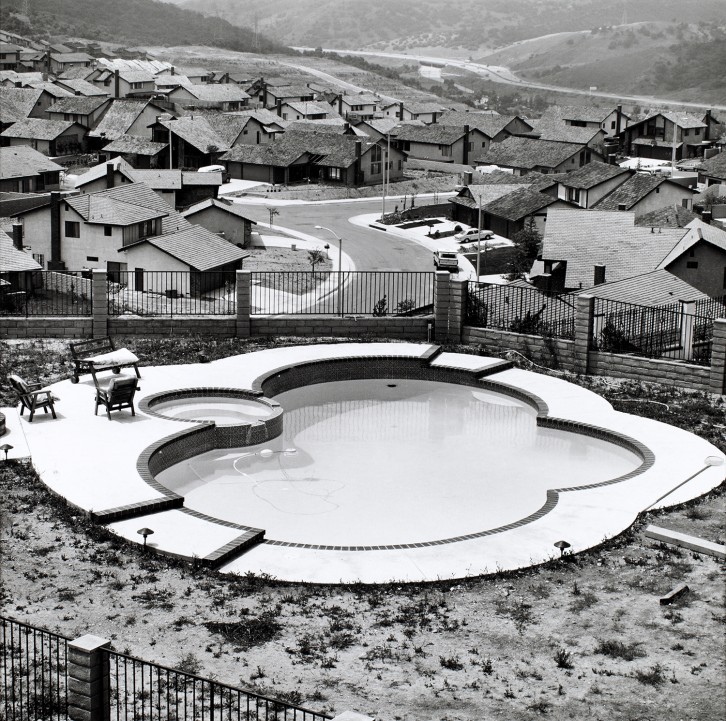
Joe Deal was born in August 12, 1947 and died on June 18, 2010 he was a American and he has published I believe 3 books and he’s also won a John Simon Guggenheim Foundation Fellowship in 1983 and two National Endowment for the Arts Fellowships in 1977 and in 1980.
Exposure bracketing is when a photographer creates pictures with different exposure settings. The purpose of this is to cover more of the dynamic range. Bracketed photos are used later to create an HDR (high dynamic range) photo.
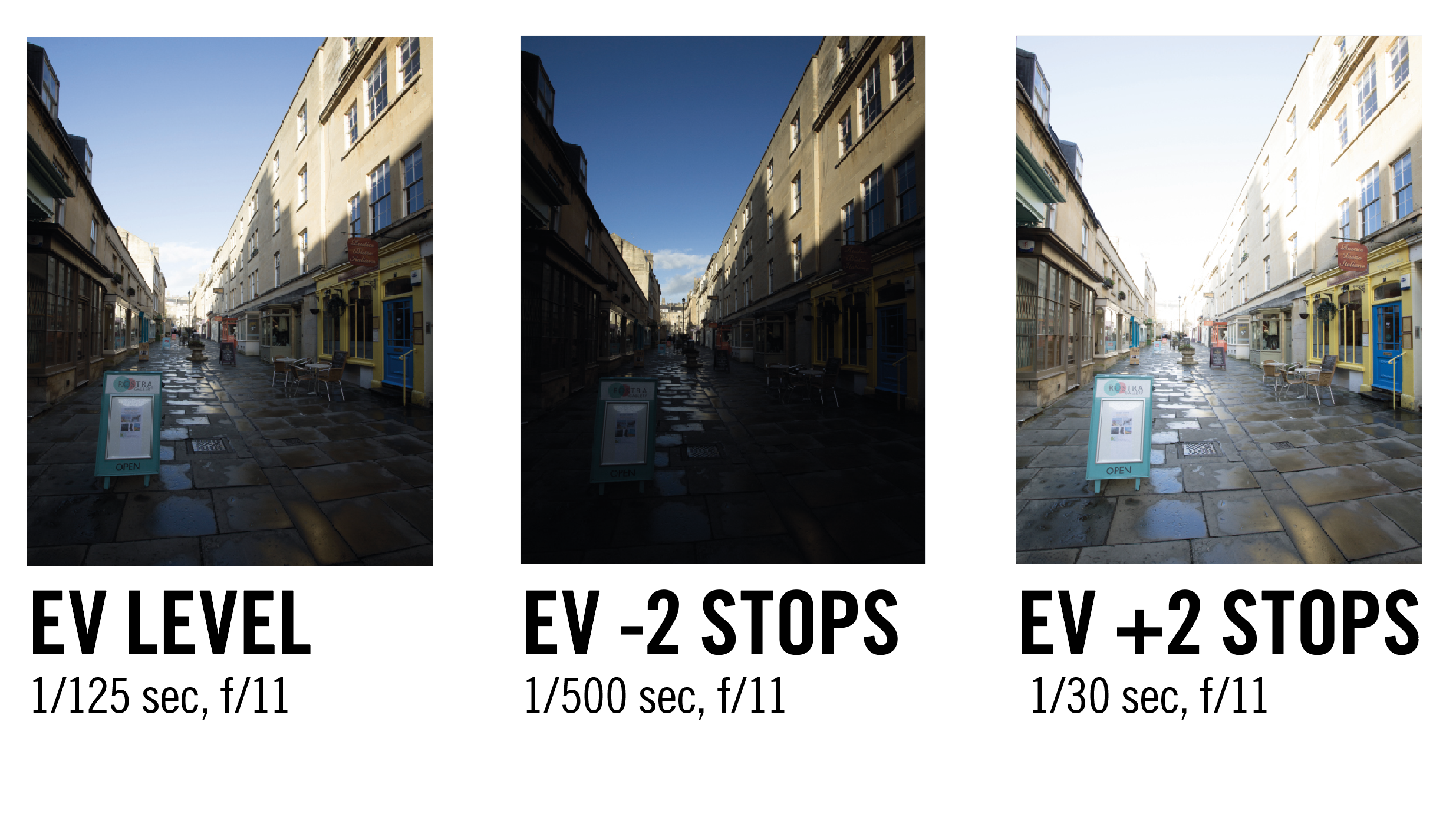



Dynamic range is simply the range of the lightest tones to the darkest tones within a photo.

The ideology of the New Topographics movement was largely a social one. Post-War America struggled in many ways, some being in its capability to urbanise quickly enough to house and transport the ever growing population, limit the rapidly worsening inflation issue and develop more modern attitudes towards the vast emergence of mental illness.

This scramble for suburbia characterised the post-war years, with legislation such as the GI Bill of Rights passed in 1944 which provided monetary means for returning veterans to attend college and purchase homes, allowing them to settle and start families.
The realisation that the American Dream had not been fulfilled was one felt prevalently in this era, with the large expansions within the Civil Rights movement leading to profound progress in legislation such as the Civil Rights Act of 1964.

Within the next 20 years, the Cold War spread fear of Communist ideologies reaching the West as well as the very apparent threat of nuclear war.
With these issues being felt nationally, photographers were inclined to revert away from the idealised landscape photography that had been the primary style for many decades (for example the work of Ansel Adams). They felt that this did not at all accurately portray life in Post-War America and therefore wanted to demonstrate the effects of consumerism and urbanisation on society, this largely through the use of bleak scenes in muted tones to emulate the sad and nostalgic effects.
This coagulated in the form of an exhibition held in 1975 in New York in attempts to bring the nation into the photographers’ minds.
